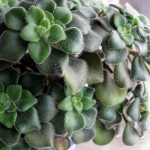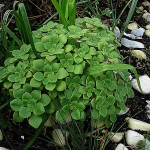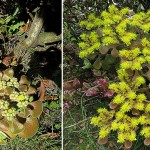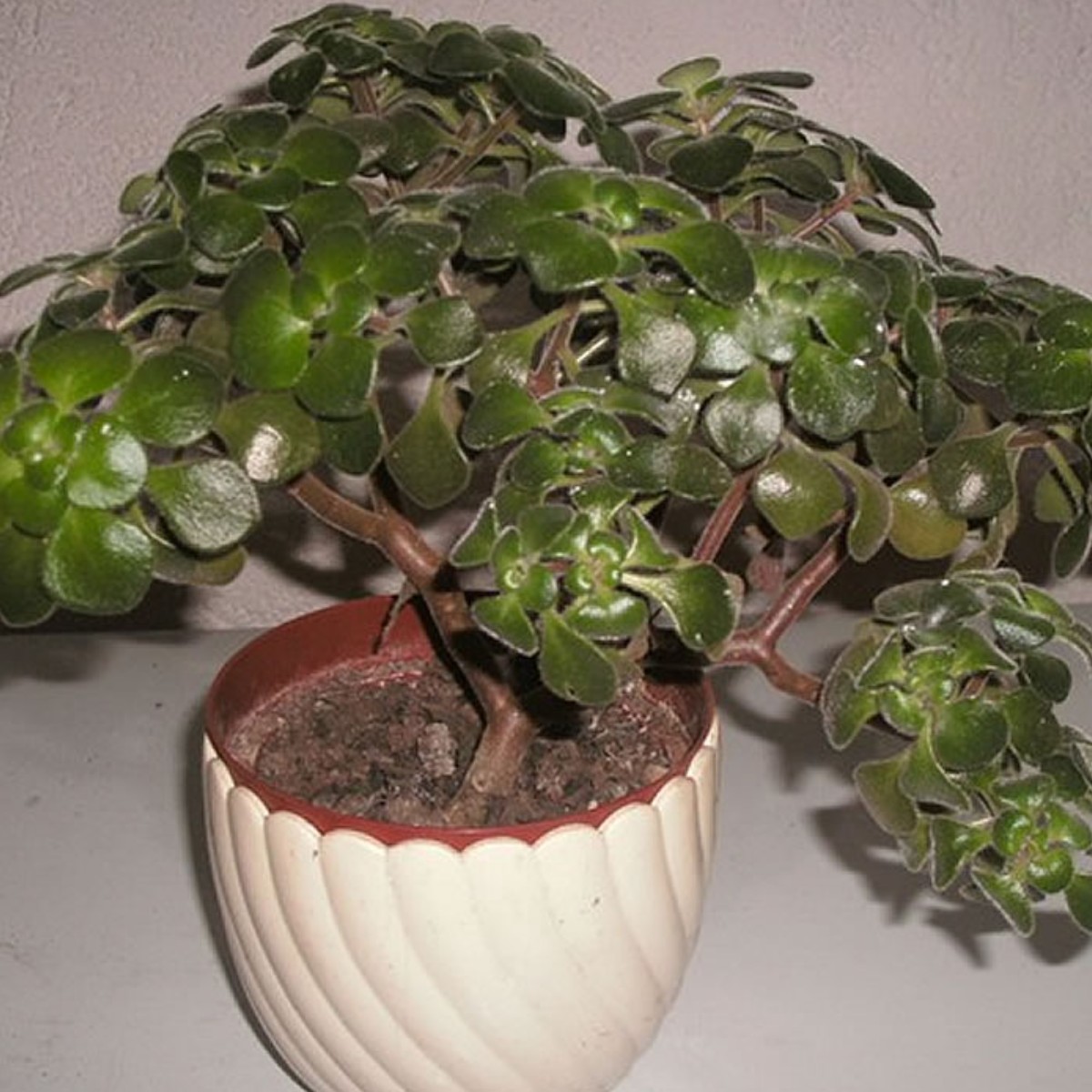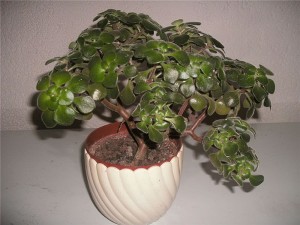Family: Crassulaceae
Synonymous: Aeonium laxum
Aichryson dichotomum
Aichryson dichotomum var. hamiltonii
Aichryson laxum var. latipetalum
Aichryson laxum f. subglabrum
Sedum dichotomum
Sempervivum annuum
Sempervivum dichotomum
Sempervivum laxum
Distribution and habitat: Aichryson laxum belongs to the group of hairy herbaceous species. It is endemic to the Canary Islands, occurring at over 1000m (3280 feet) altitudes. It is adapted to dry areas, but prefers partial shade where is less exposed to direct sun, growing as understory plant. Aichryson laxum forms small populations along woods or sheltered by cliffs with its roots embedded on the crevices of volcanic rocks. This plant does not like wet feet, but the local frogs provide it with minimum humidity necessary to sustain its vegetation.
Aichryson laxum is annual or biennial, but it will produce volunteer seedlings around itself after flowering.
This species is also naturalised in Portugal. Is is a pretty rare species in culture may be because of its potential short life.
Description: Aichryson laxum is probably one of the most attractive species within this genus due to its large ovoid dark green leaves which are very hairy on both sides. It is a succulent that is freely branching shrublets. Of dwarf-tree-like appearance, it seldom grows over 30cm (12 inch) high. Its many thin, forked branches bear spoon-shaped leaves on short leaf stalk. The leaves form rosettes at the stem ends and blooms in the center of the rosette in numerous buds grouped. Clusters of many pale yellow flowers are regularly produced. This plant is liable to die after it has finished flowering.
Houseplant care: Aichryson laxum is a fast growing plant, but tends to lose their lower leaves.
In order to promote vegetative growth, the inflorescence should be cut off in time, otherwise this species will naturally grow as a biannual, dieing after flowering.
Light: Provide bright light with some direct sunlight. Aichryson laxum grow spindly and fail to bloom if they are grown in poor light.
Temperature: Aichryson laxum plants do well in wide range of temperatures. Under normal room conditions, Aichryson laxum that survive after flowering grows continuously. If they are kept in place where the temperature falls below 13C (55F) - and where the light is poor -, however, they will have a short winter rest period.
Watering: During the active growth period water Aichryson laxum moderately - enough to make the potting mixture moist throughout, but allowing the top half of the potting mixture to dry out between waterings. During the rest period, if any, water only enough to keep the potting mixture from drying out completely.
Feeding: In areas where light and temperature are low in winter (and plants have a rest period), apply standard liquid fertiliser every two weeks during the active growth period only. Elsewhere, Aichryson laxum plants may be fed throughout the year.
Potting and repotting: Use a soil based based potting mixture. Because Aichryson laxum have small root systems, they do not need large pots but should be able to mature and flower in 10 or 13cm (4-5 inch) pots. If necessary, move small surviving plants into pots one size larger in spring.
Gardening: Aichryson laxum can tolerate minimum temperature as low as 2C (36F) when planted in ground.
Position: In culture Aichryson laxum plants are placed in light shade or sunny positions, but according with their natural habitat they will prefer light shade, especially in hot climates. The leaf colour varies depending on exposure to sunlight. In the shade they are green and in full sun they become slightly brownish green or khaki.
Soil: The planting substrate for Aichryson laxum plants should be sandy, gritty-sandy, loamy, sandy-loamy, clay, sandy clay or loamy clay soil, a well drainedsoil with mild acidity (around 6.1 to 6.5 pH).
Irrigation: Aichryson laxum prefer moderately moist soil at their roots. These plants will thrive in humid atmosphere. Short showers are preferred to deep irrigation. Allow the soil to dry out between waterings. They tolerate a cool, frost-free winter if kept fairly dry.
They are drought-tolerant plants protected by the hairy leaves.
Fertilising: TheAichryson laxum does not require much fertiliser. Two to three applications of a balanced fertiliser during the growing season will feed these succulents.
Propagation: Small tip cuttings root easily if taken in spring or summer. Take shoots 8-10cm (3-4 inch) long, strip them of their lower leaves and plant them in a slightly moistened potting mixture of equal parts peat moss and coarse sand or perlite. Give the cuttings bright light and just enough water to prevent the potting mixture from drying out. Rooting should take place in three to four weeks. When rooted, plant the cuttings in 8cm (3 inch) pots of soil-based mixture and treat them as adult plants.
Seeds are produced in abundance and will easily sow themselves.
Problems:
If too many leaves seems to be falling, it may be happening because Aichryson laxum plants are probably getting to much hot, dry air or scorching sun.
Treatment: Move them to a more suitable position.
Lifespan: Aichryson laxum tends to behave like an annual or biennial. This plant may die after flowering - but by no means always.
Uses and display: Aichryson laxum plant is attractive to bees, butterflies and/or birds.As succulent plant, it is suitable for xeriscaping or rockeries, suitable for shaded parts of the landscape. Also it is used as houseplant. Consider growing it as part of a cactus or succulent display.
SUMMARY:
CHARACTERISTICS:
Foliage green
Features flowers
Shape bushy
Height: 30-45cm (12-18 inch)
PROPER CARE:
Watering in active growth period moderately
Light bright
Temperature in active growth period min 16C max 24C (61-75F)
Humidity low
Hardiness zone: 9b-12
